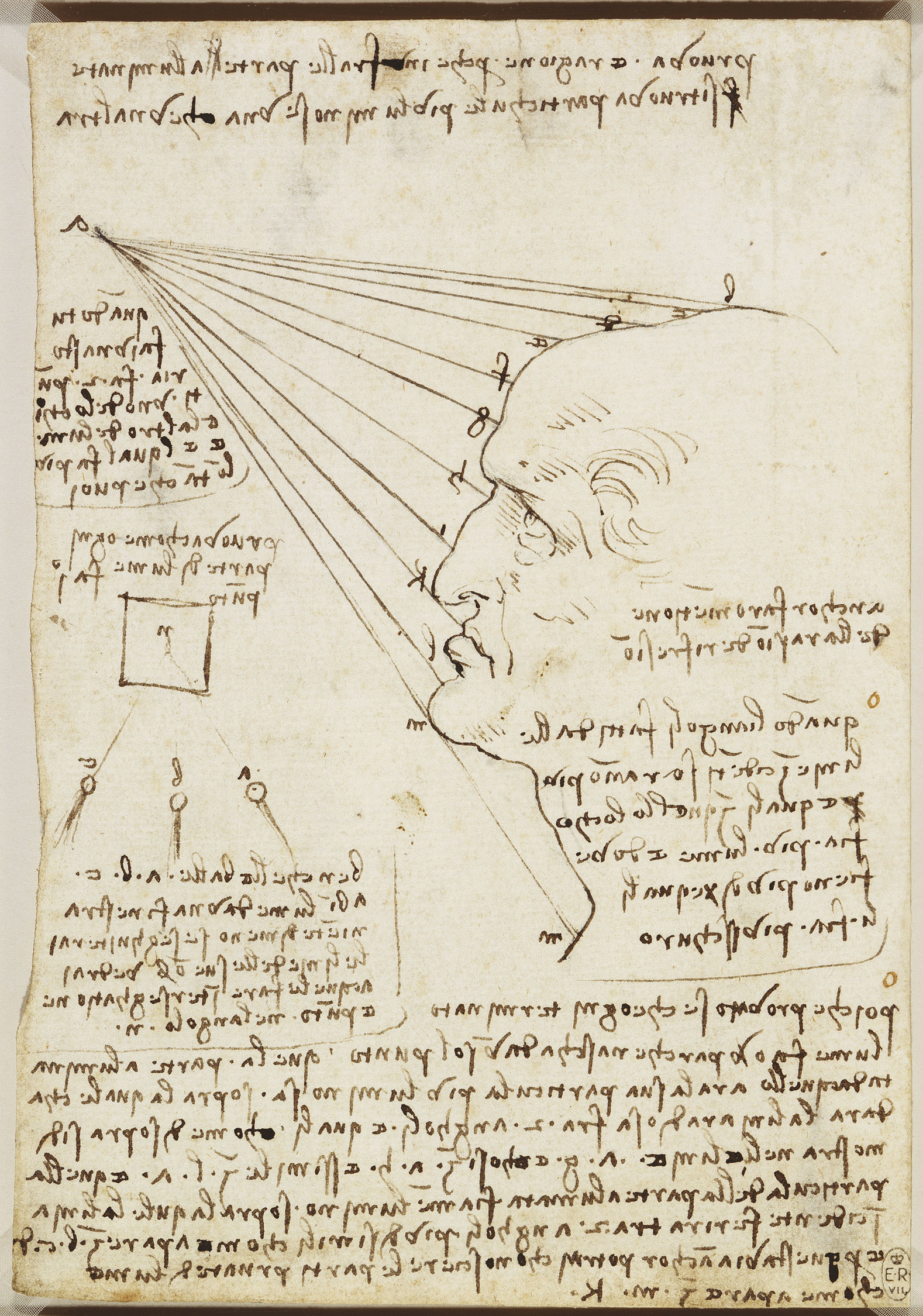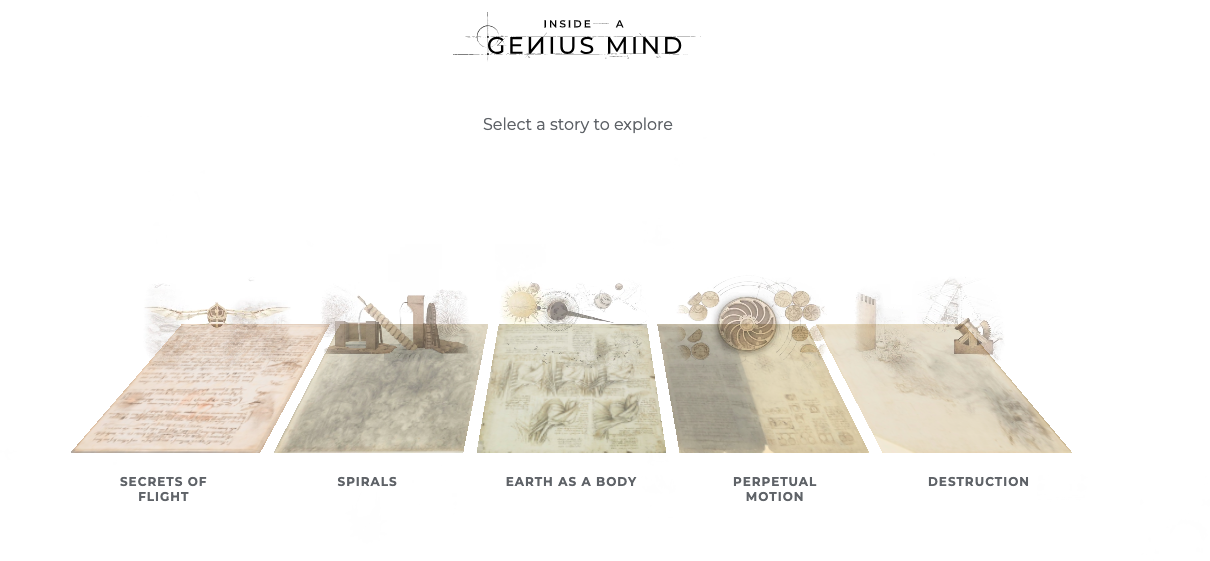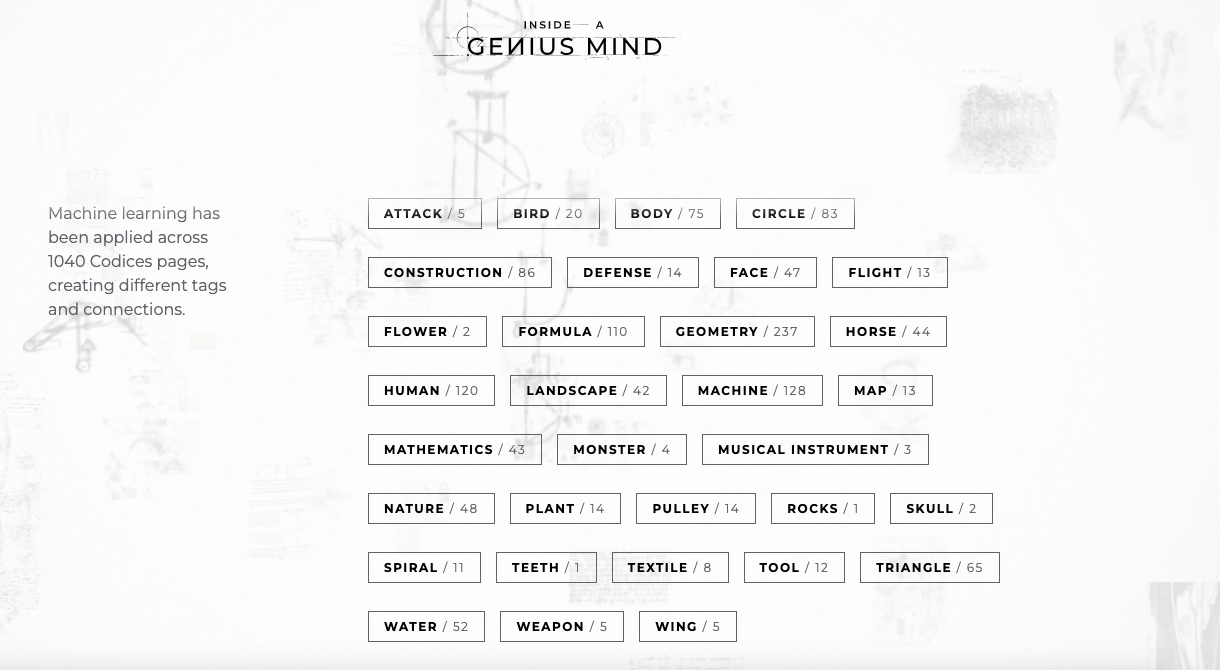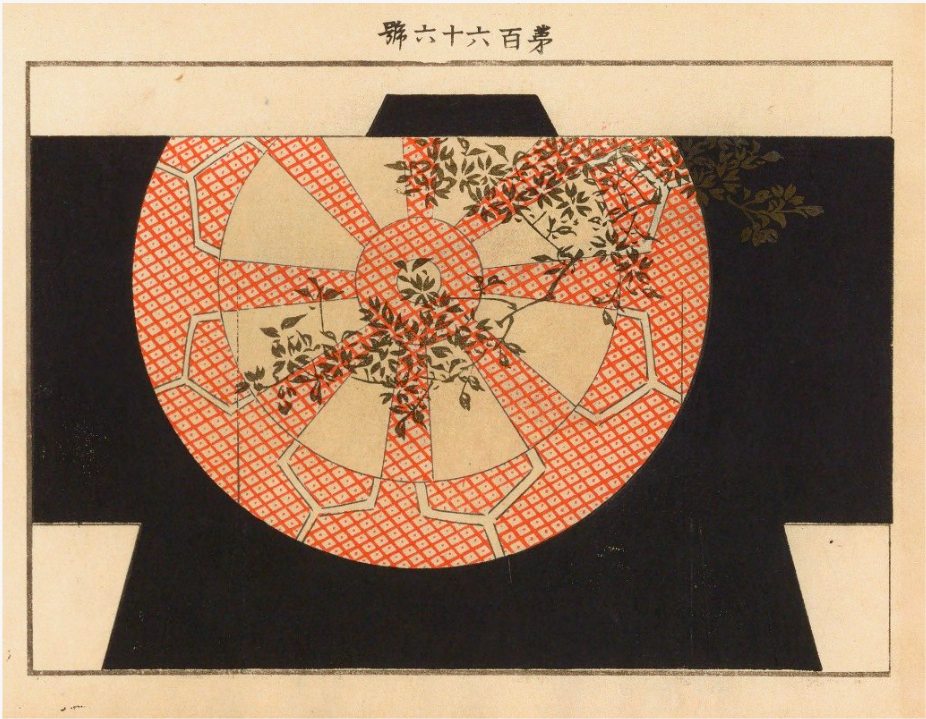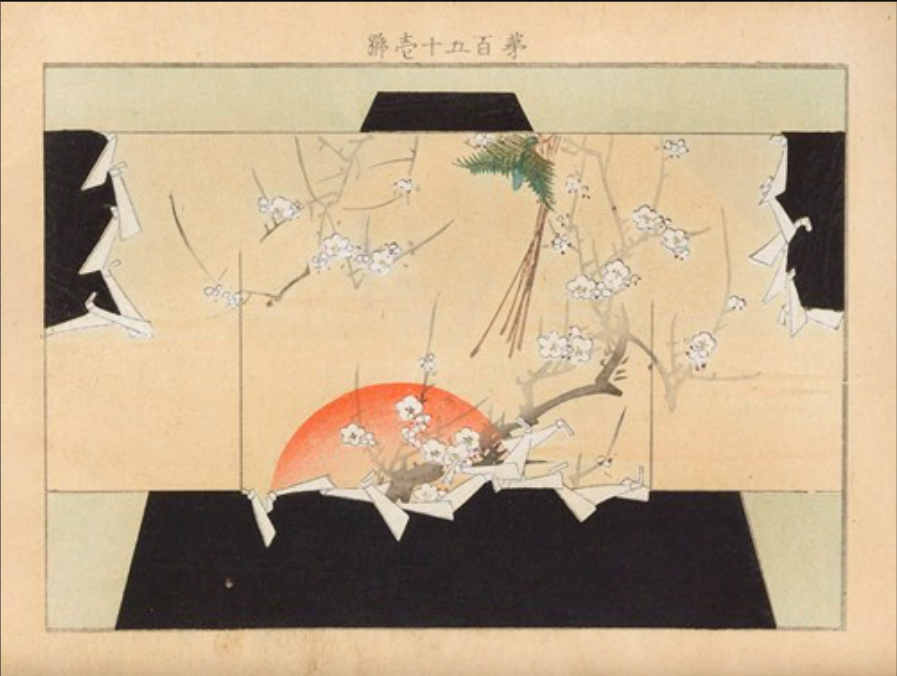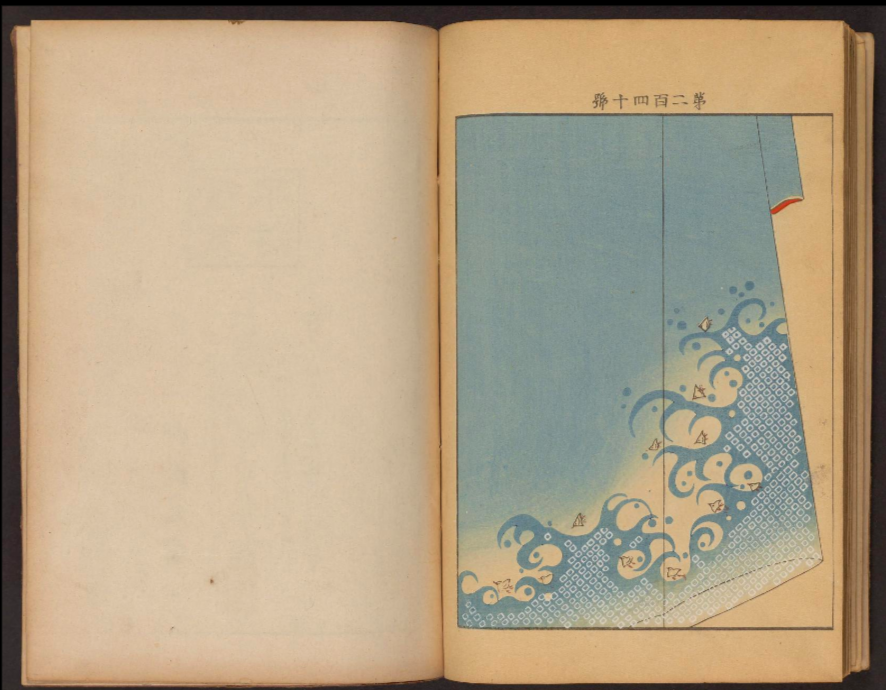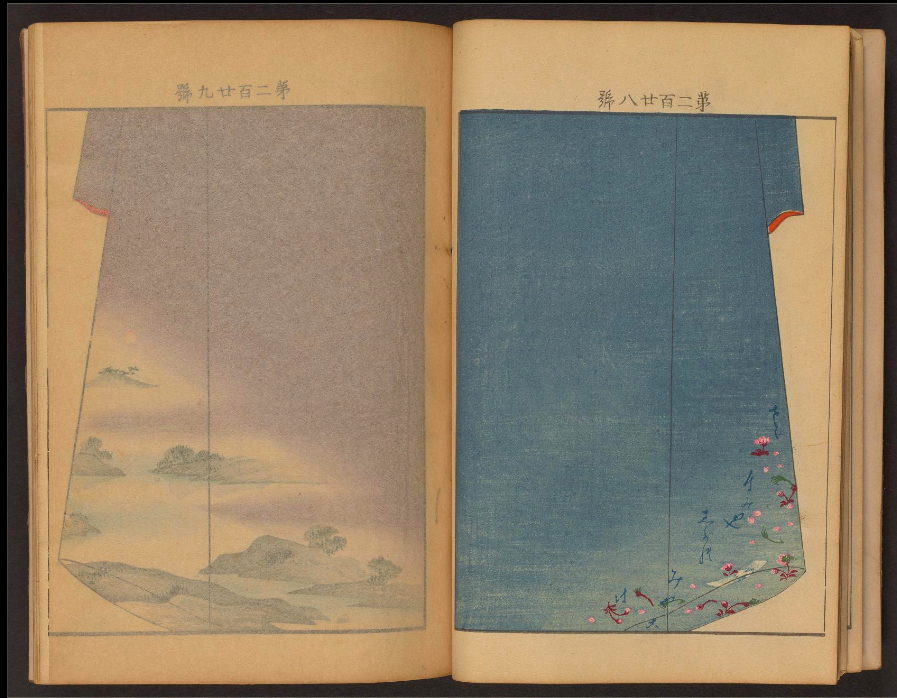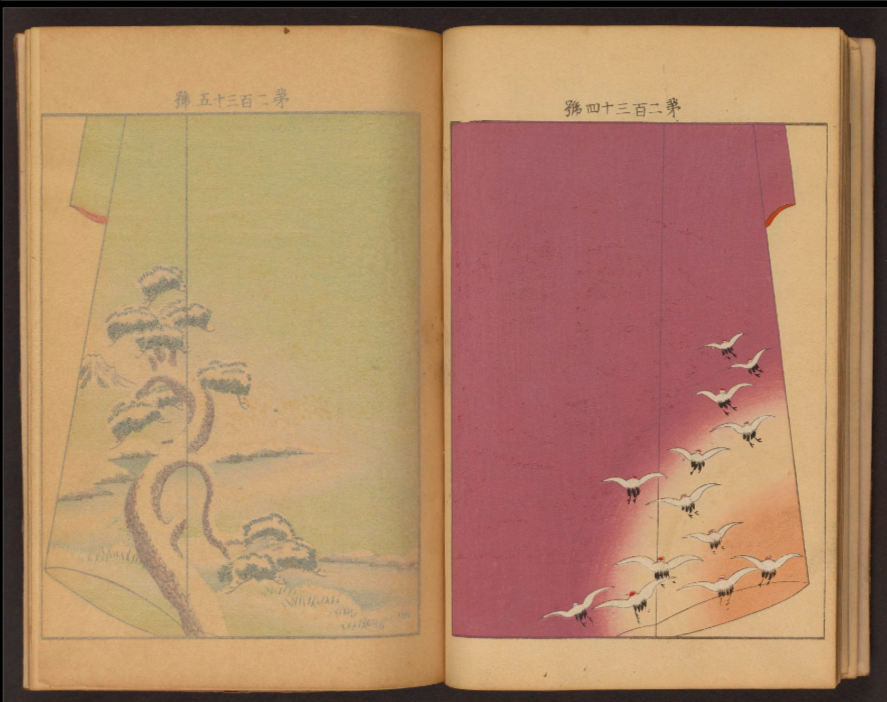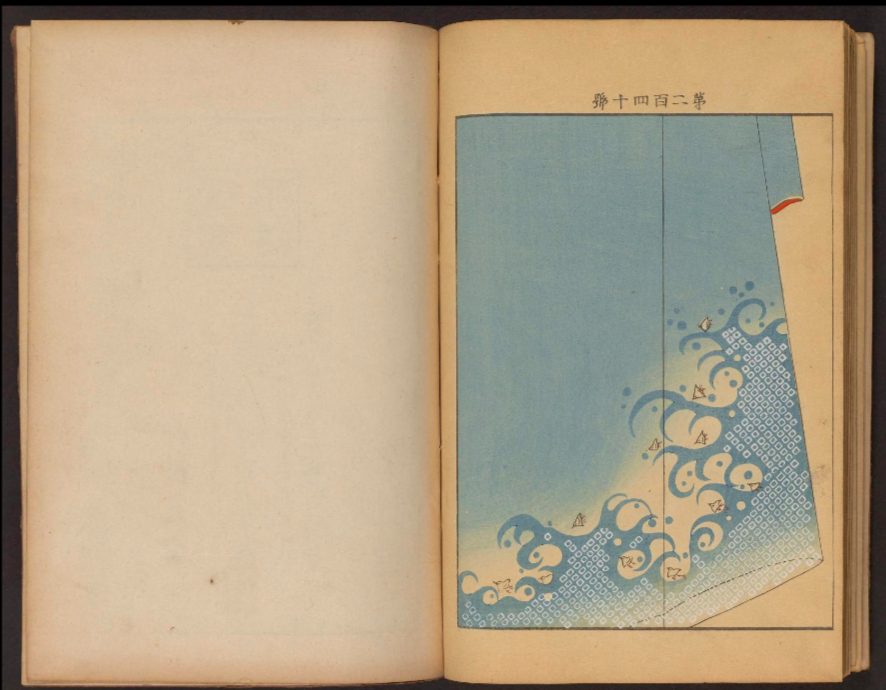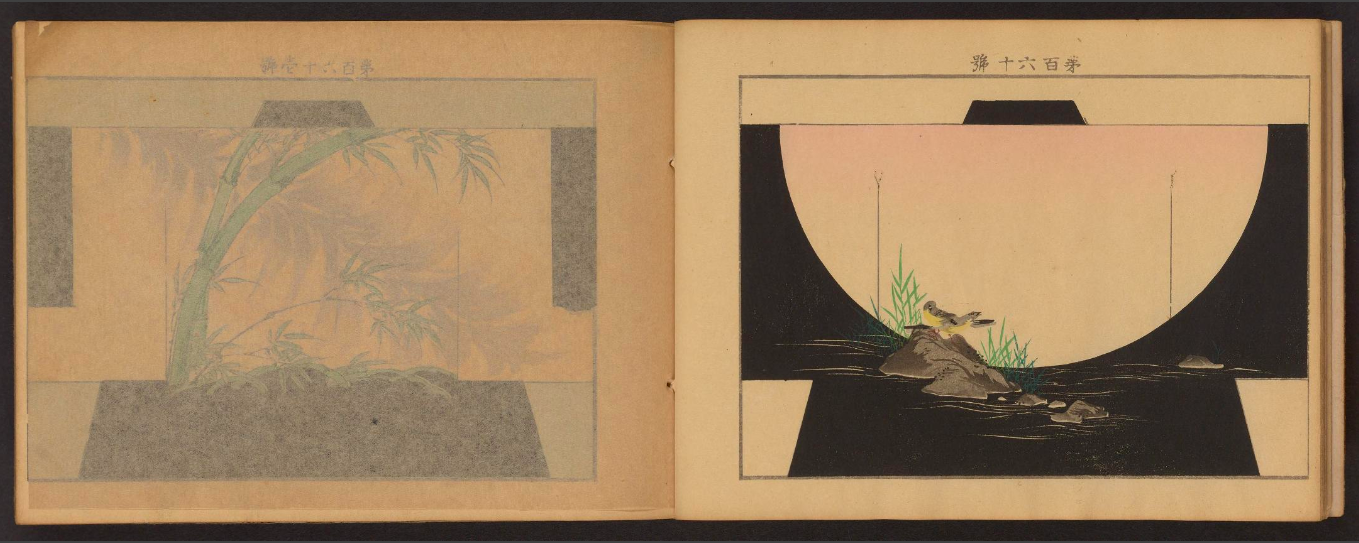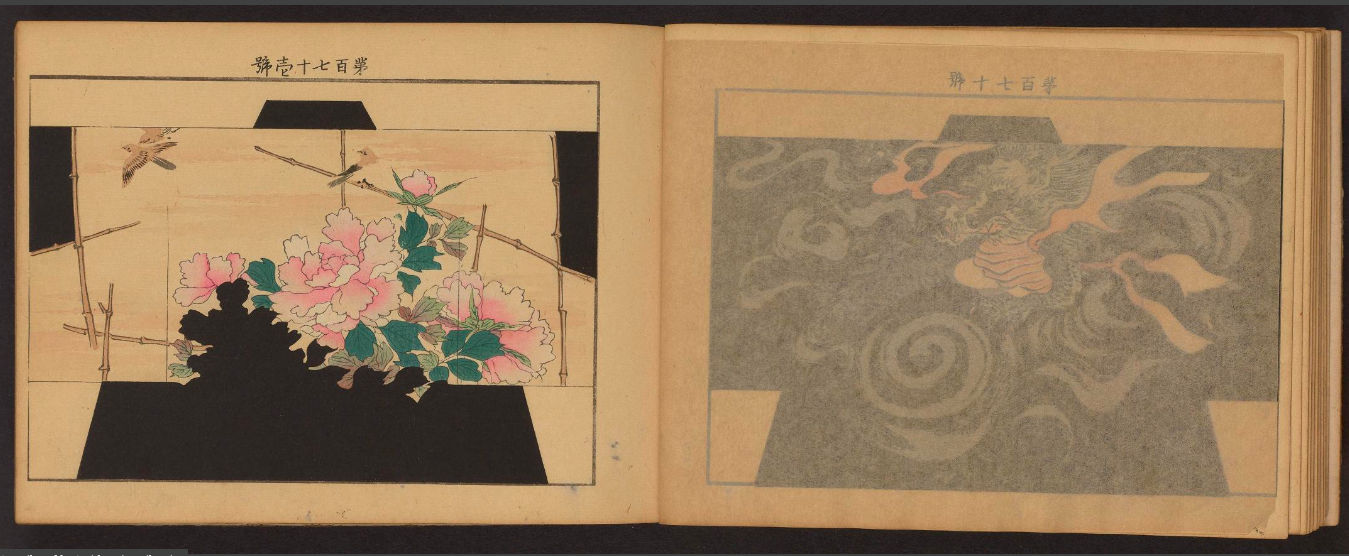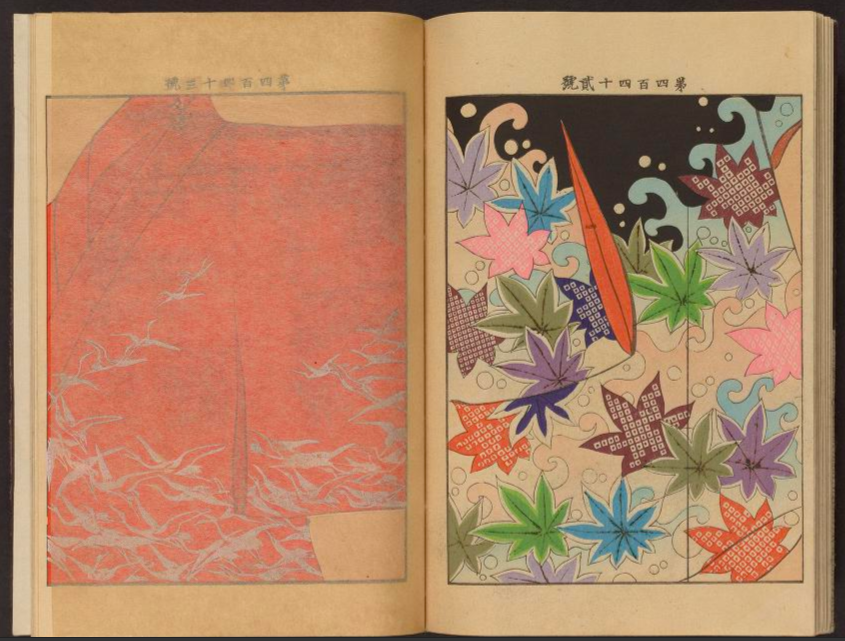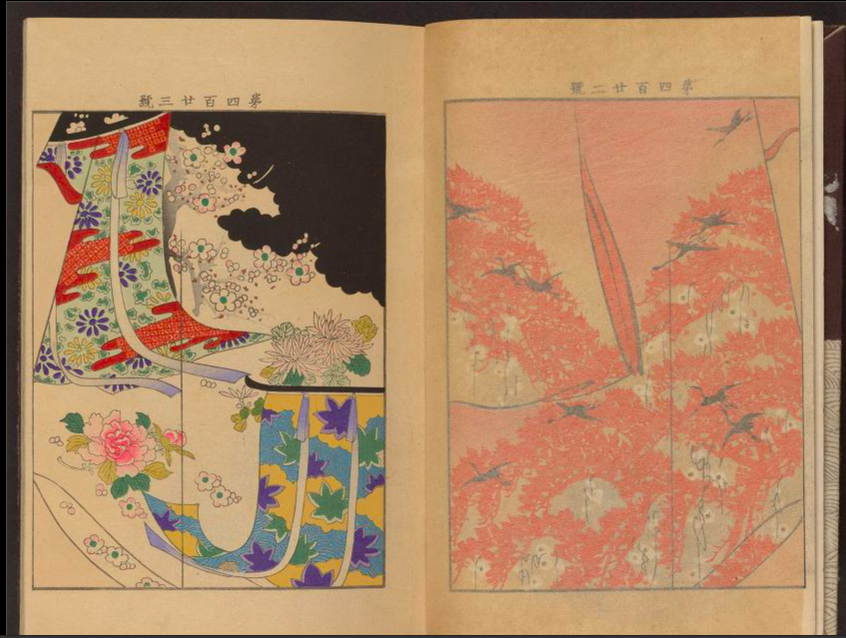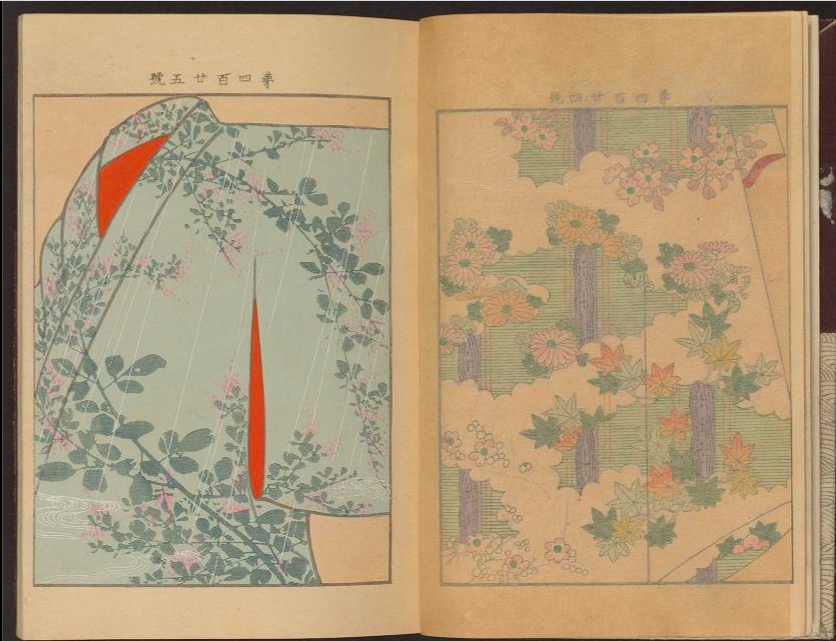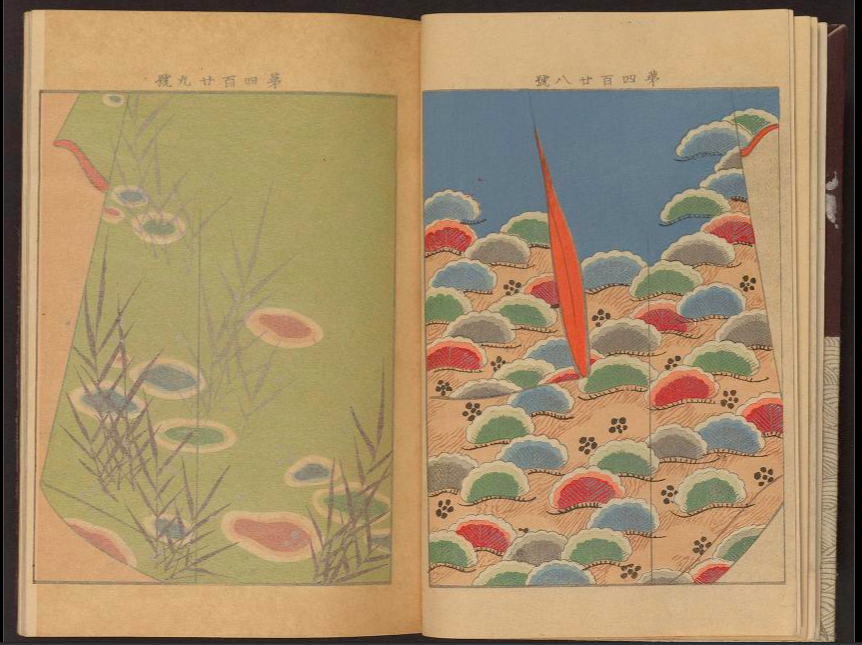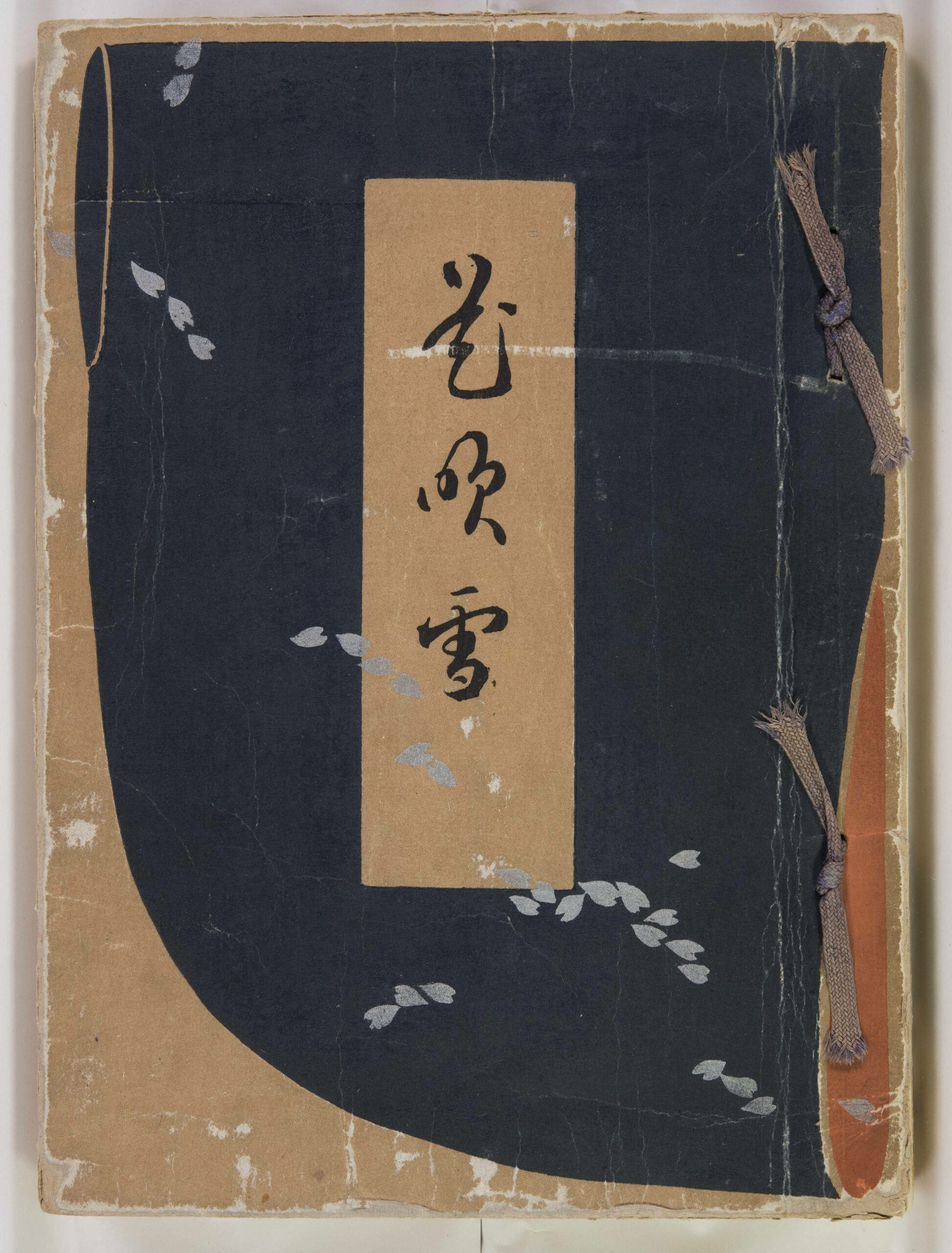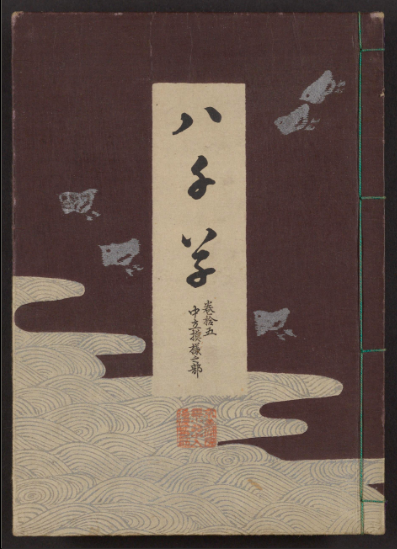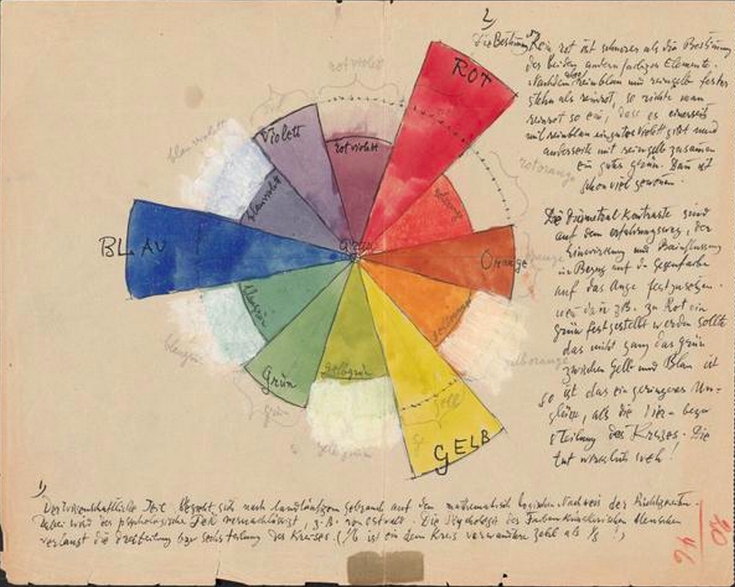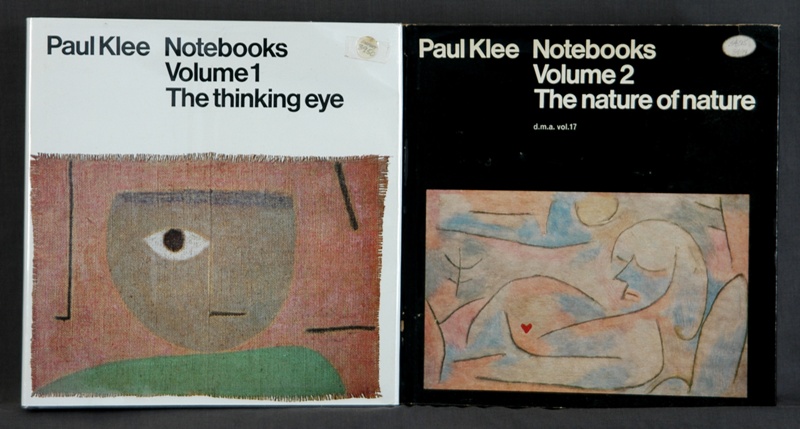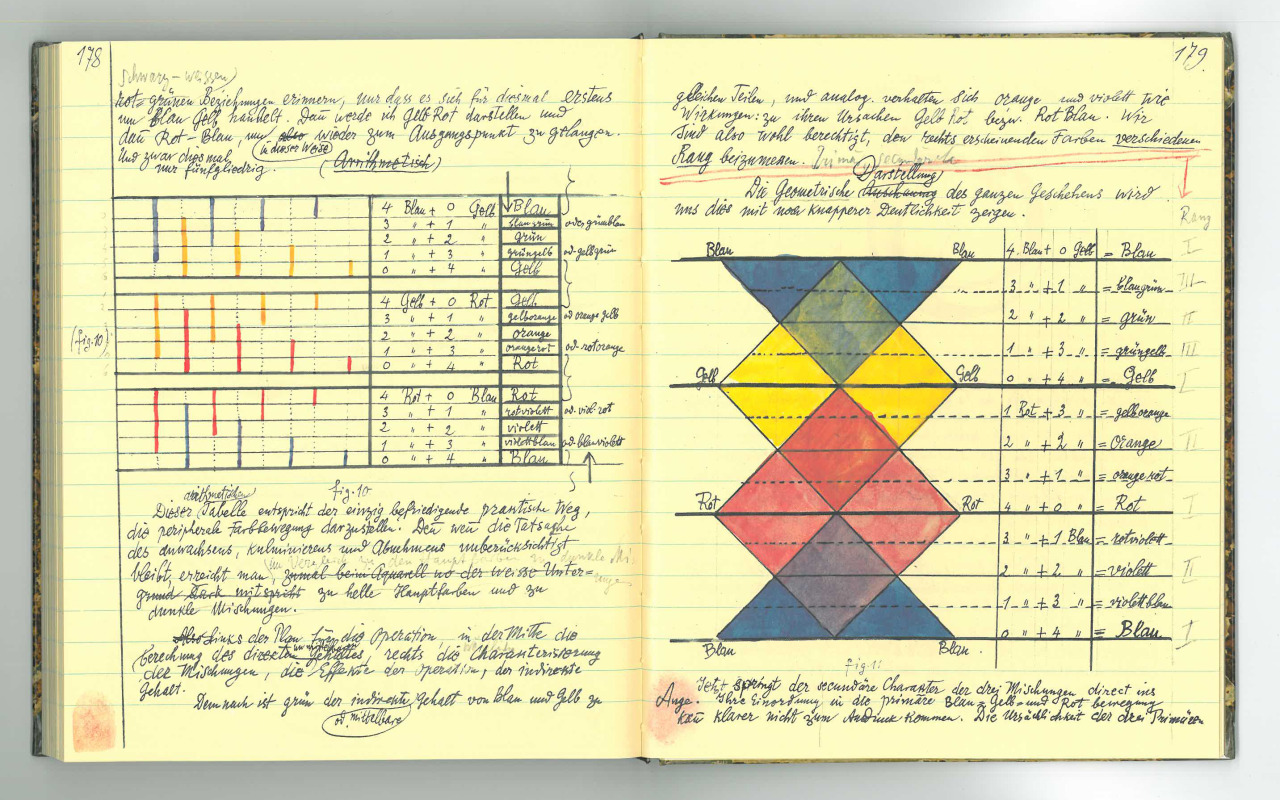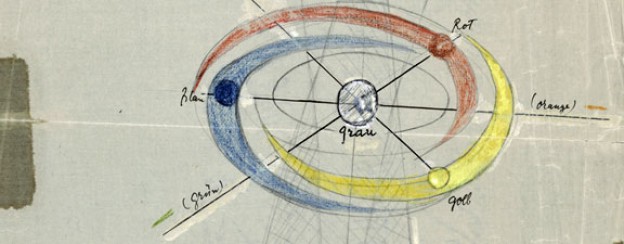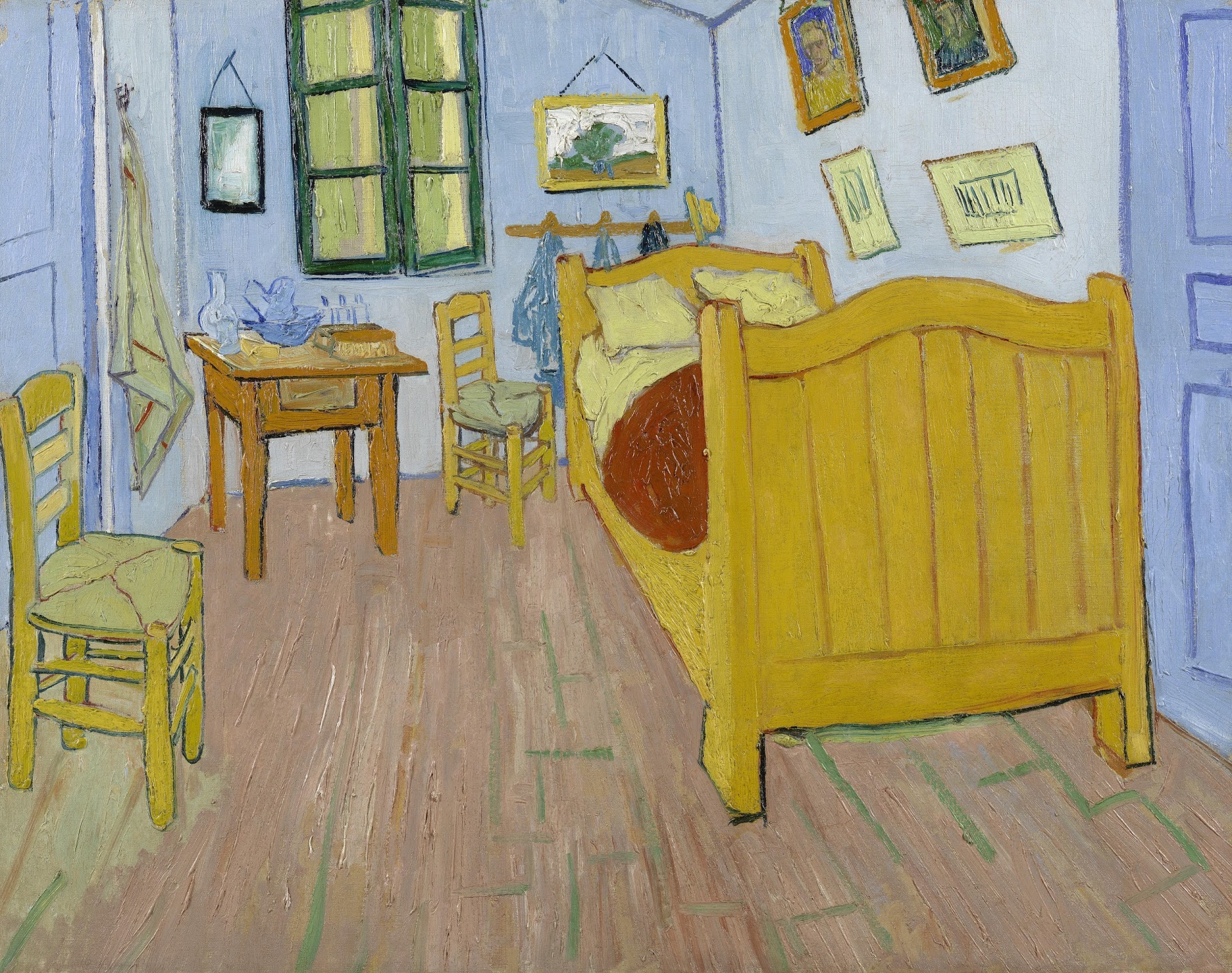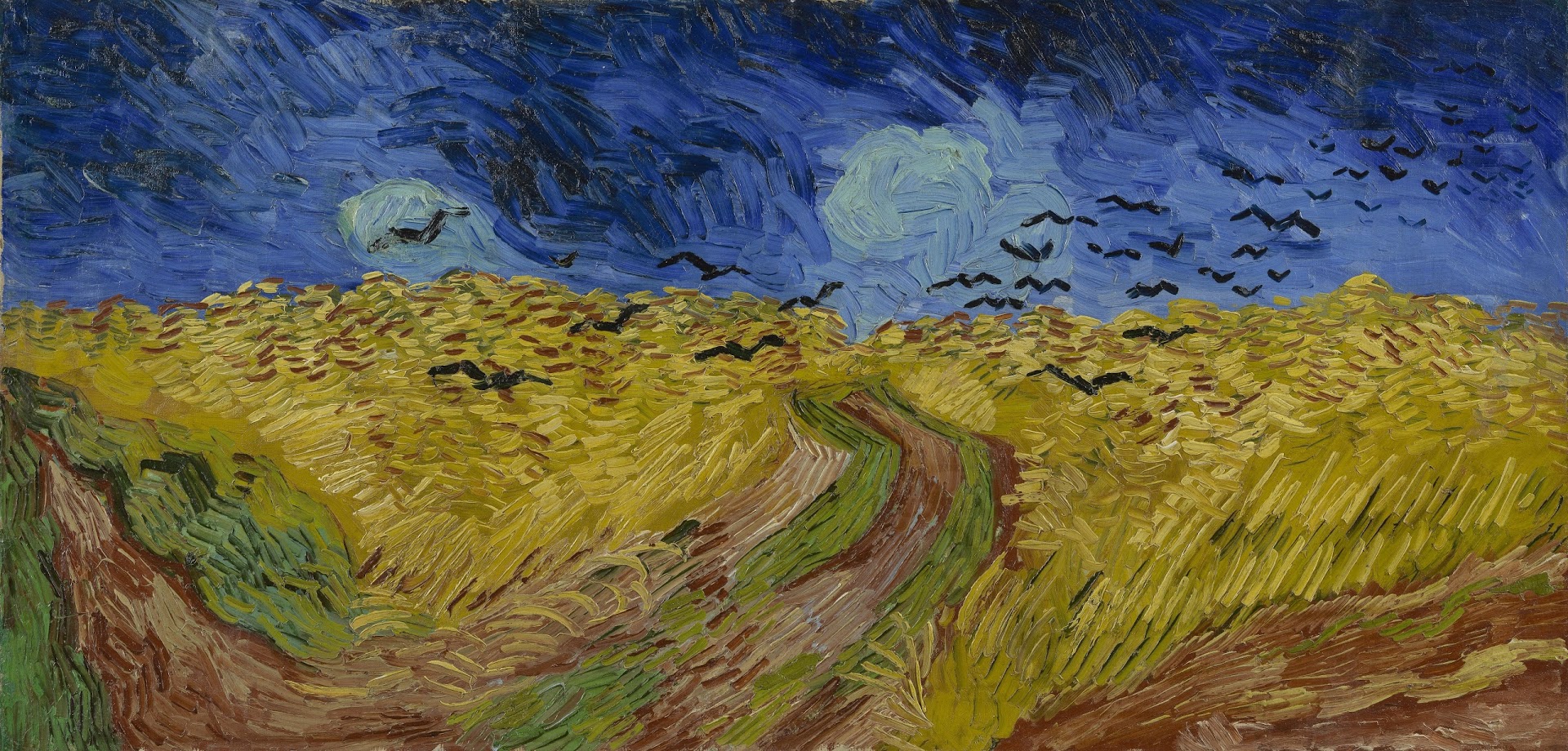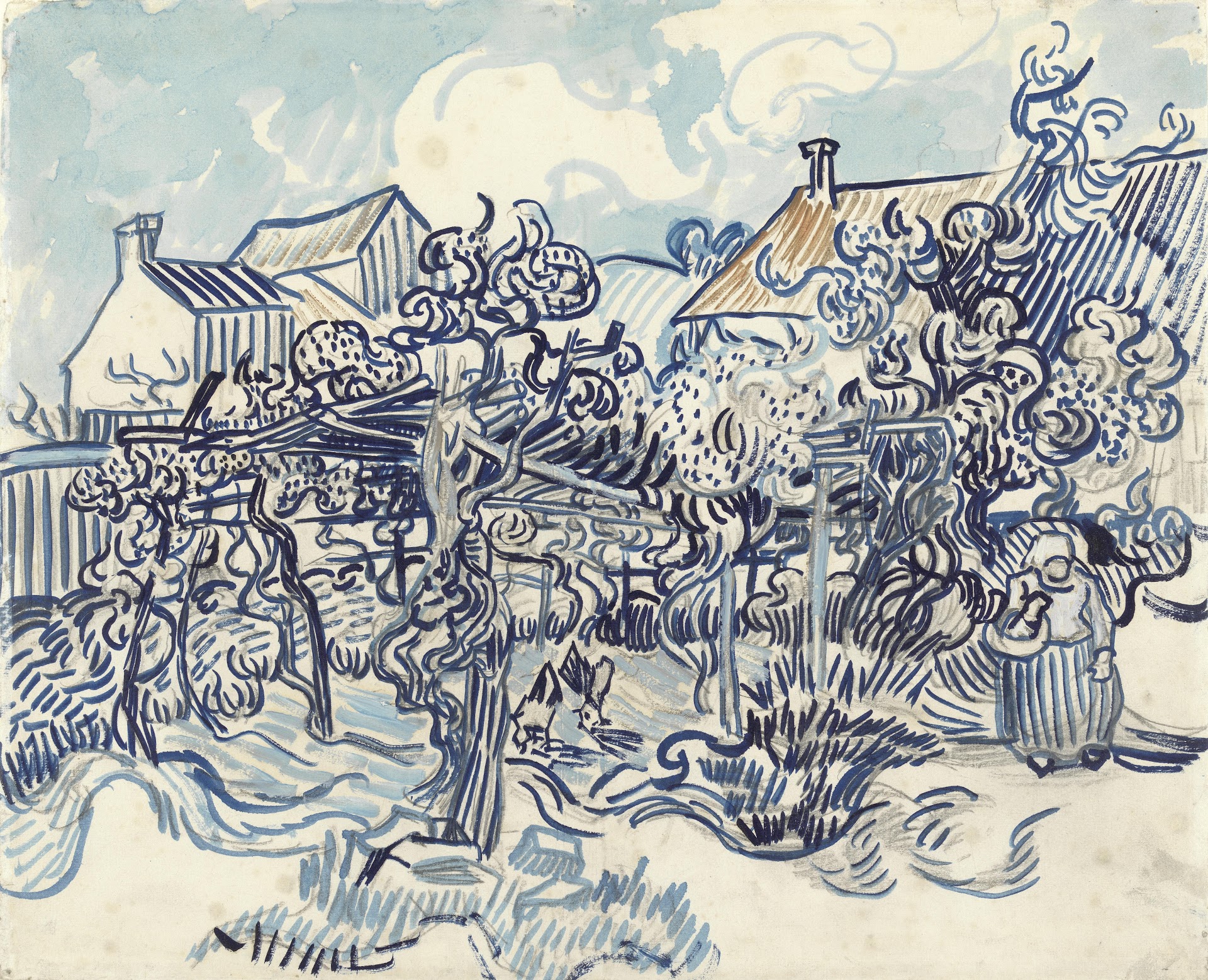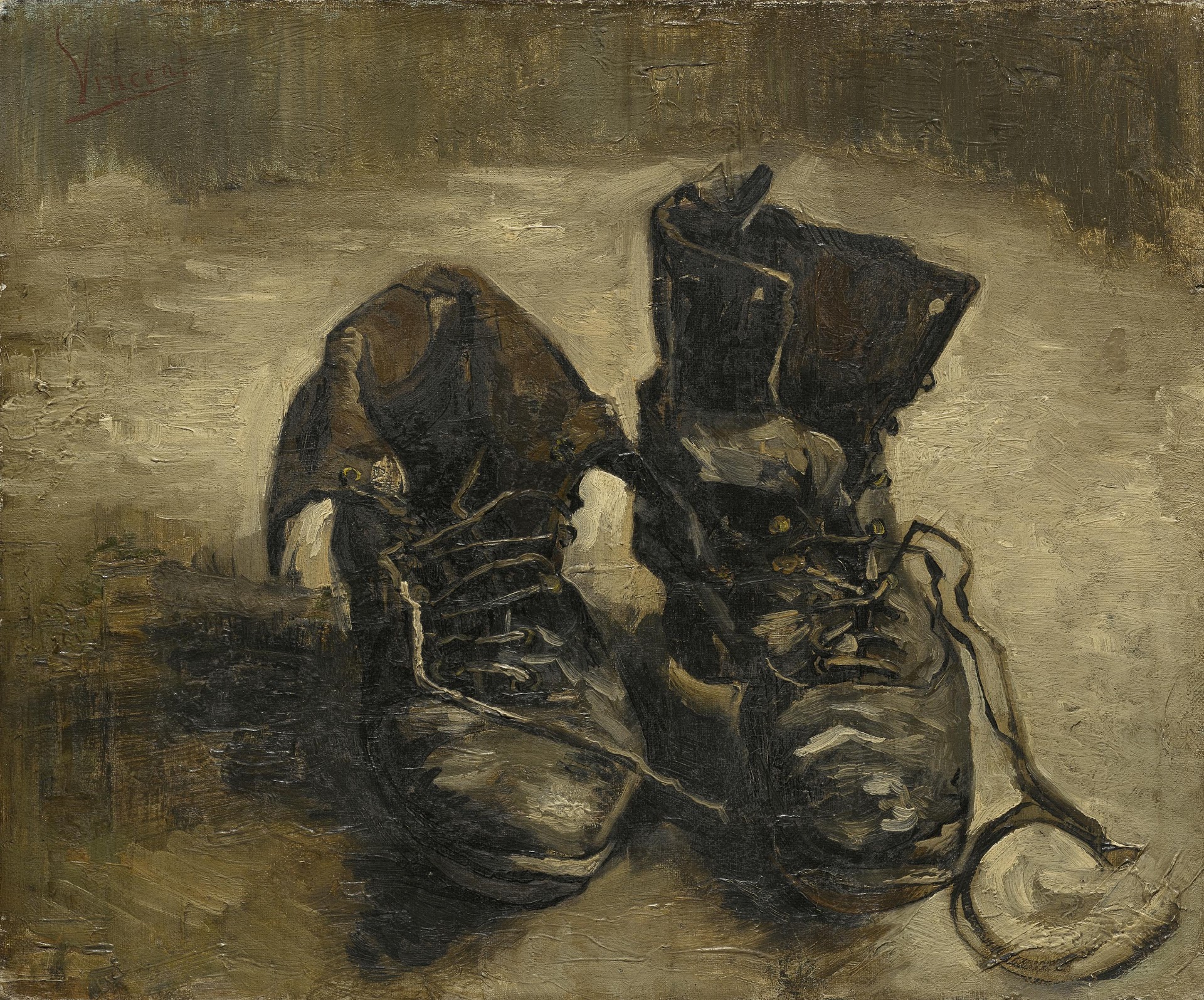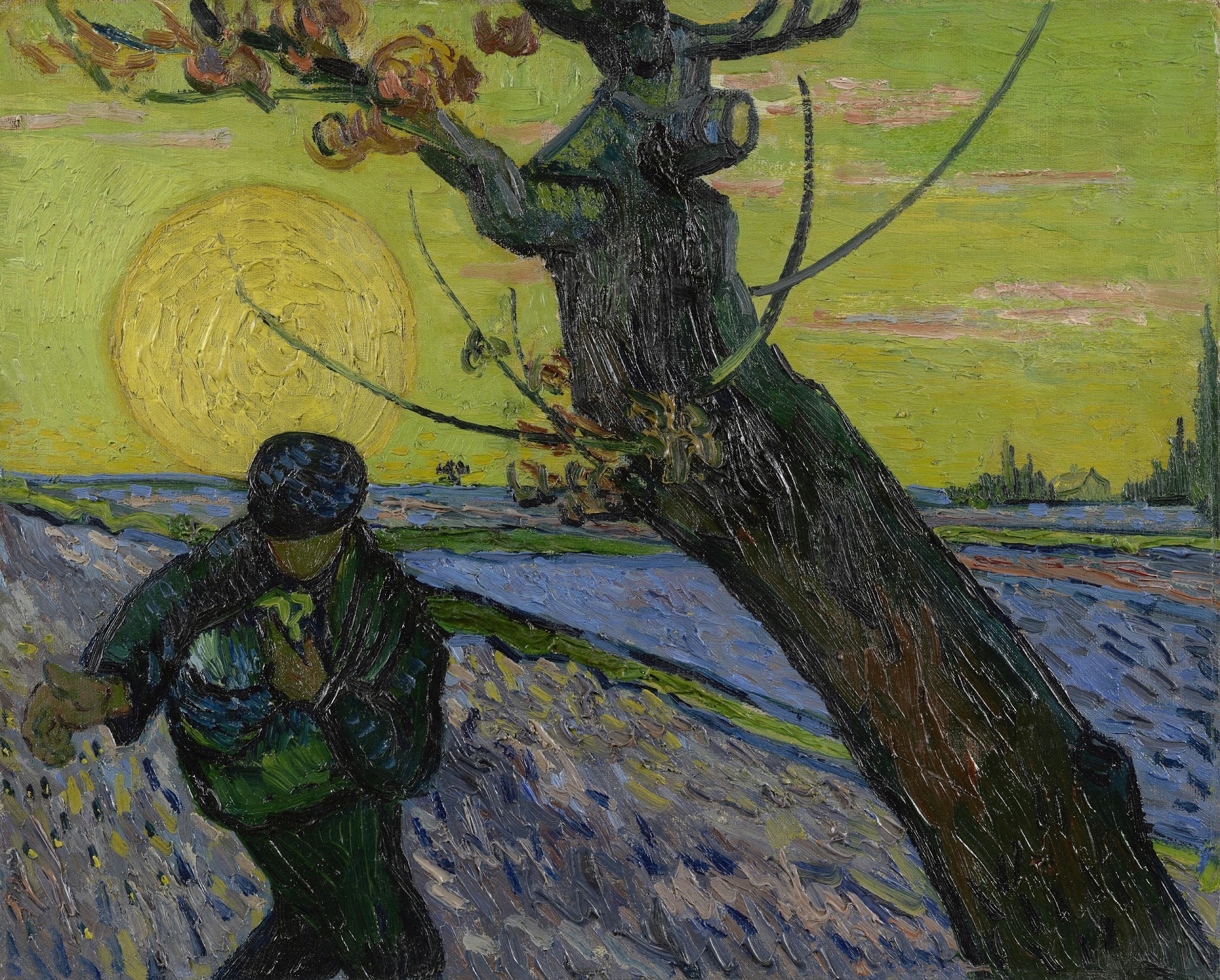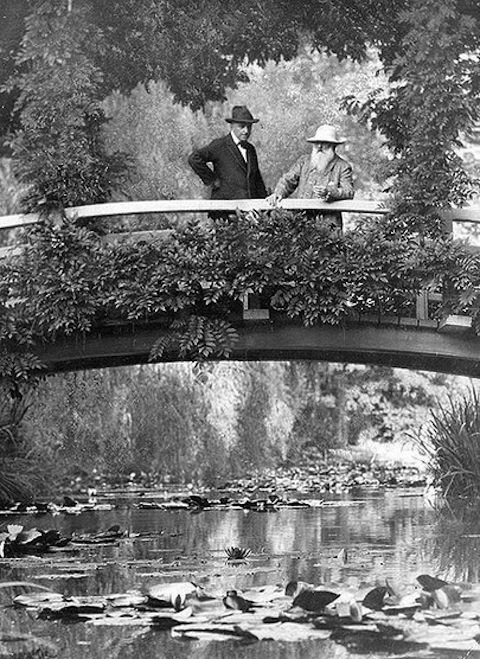The art of Keith Haring emerged in the highly specific place and time of early-eighties New York City. Four decades later, it’s visible all around the world, yet hasn’t lost its associations with its origins. Just the other day, I was walking down a street in my neighborhood in Seoul and noticed that a boutique had put a T‑shirt emblazoned with one of Haring’s artistic declarations that “CRACK IS WACK!!” Drug abuse use was just one of the issues to which he attached his work: others included apartheid, nuclear disarmament, and above all AIDS awareness. How, in contrast to so much activist art, has the Haring oeuvre achieved its enduring popularity?
Gallerist and Youtuber James Payne addresses this question in his new Great Art Explained video on Haring’s life and work. As soon as possible after a television-saturated suburban baby-boomer upbringing that did its part to teach him to “sell difficult politics in the same way Madison Avenue sold vacuum cleaners,” Haring moved to New York.
Within its cultural free-for-all he developed a signature style by making chalk drawings on unused ad spaces: “he called the New York subway his ‘laboratory,’ experimenting with ideas and form,” and only occasionally getting into trouble for it. New Yorkers “looked forward to seeing what he drew next and where, and before long mainstream media noticed him too and almost overnight he became a star.”
As Haring’s fame grew, it became clear that “he truly believed in the power of art to change the world. This belief, combined with the immediacy of his cartoon style, came together spectacularly in the nineteen-eighties.” Indeed, as Kurt Andersen writes in the New Yorker, Haring at his “manic, moneyed, fun, party-driven, celebrity-obsessed, shameless” prime was a personification of that decade. But even after his AIDS-related death in 1990, the simple exuberance of his art style lived on, not least in the form of posters and other products. “It’s definitely art for the age of mechanical reproduction,” Haring once said of his own work, and its sheer commonness — as well as its outward cheerfulness — make it easy to overlook the sources of its power. As has been said of Walt Disney, for whom he had dreamed of working since childhood, Haring didn’t just give people what they wanted; he wanted what they wanted.
Related Content:
A Short Biography of Keith Haring Told with Comic Book Illustrations & Music
Keith Haring’s Eclectic Journal Entries Go Online
An Animated History of Dogs, Inspired by Keith Haring
Based in Seoul, Colin Marshall writes and broadcasts on cities, language, and culture. His projects include the Substack newsletter Books on Cities, the book The Stateless City: a Walk through 21st-Century Los Angeles and the video series The City in Cinema. Follow him on Twitter at @colinmarshall or on Facebook.
